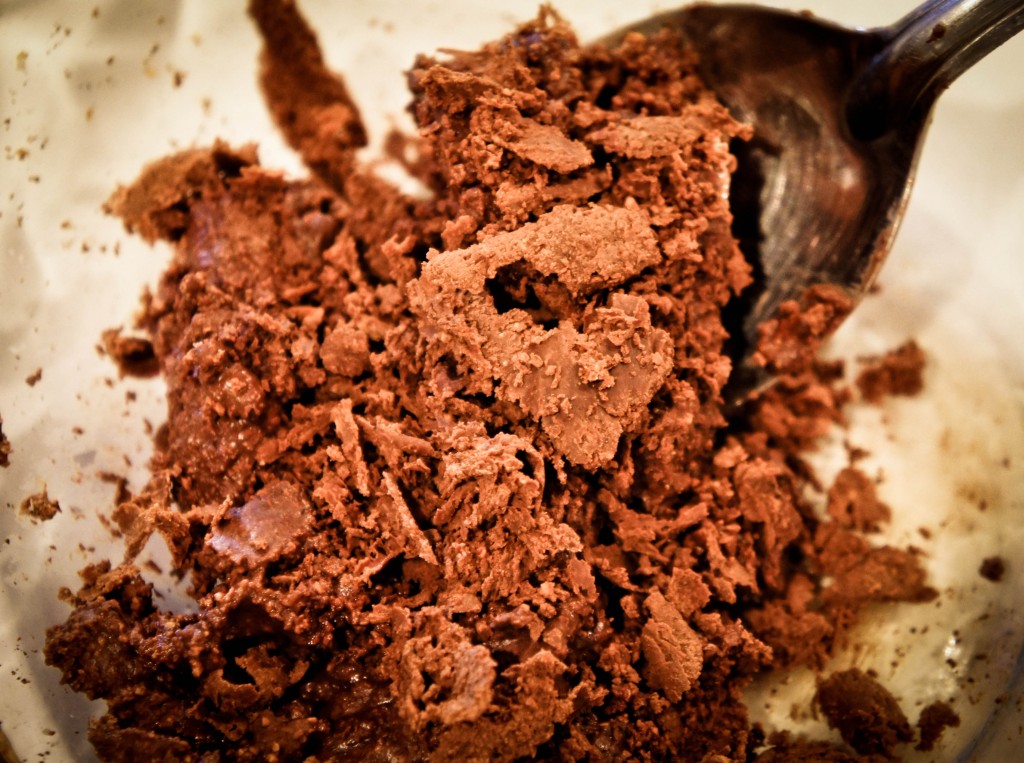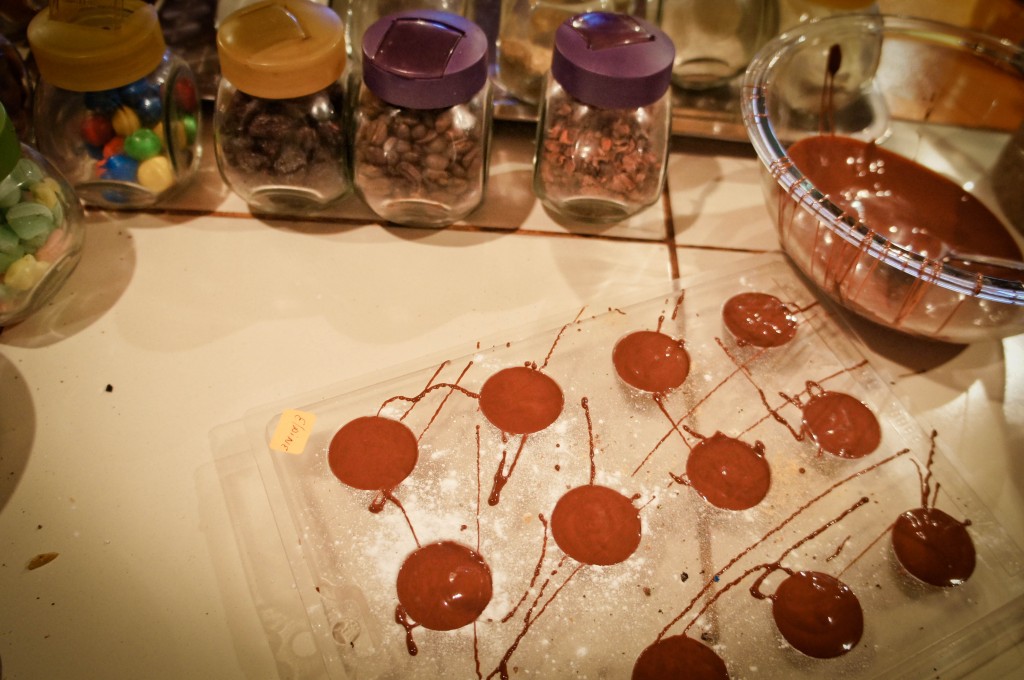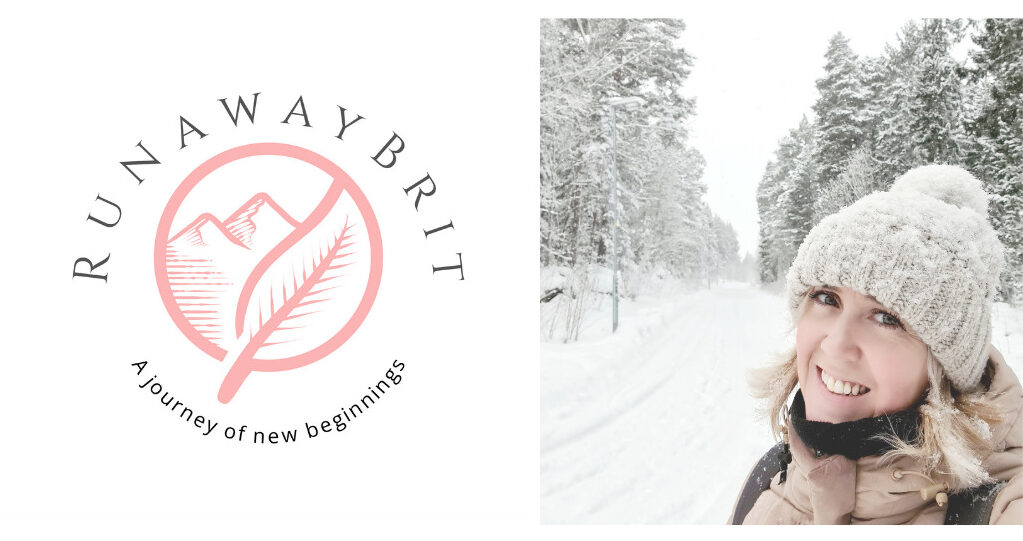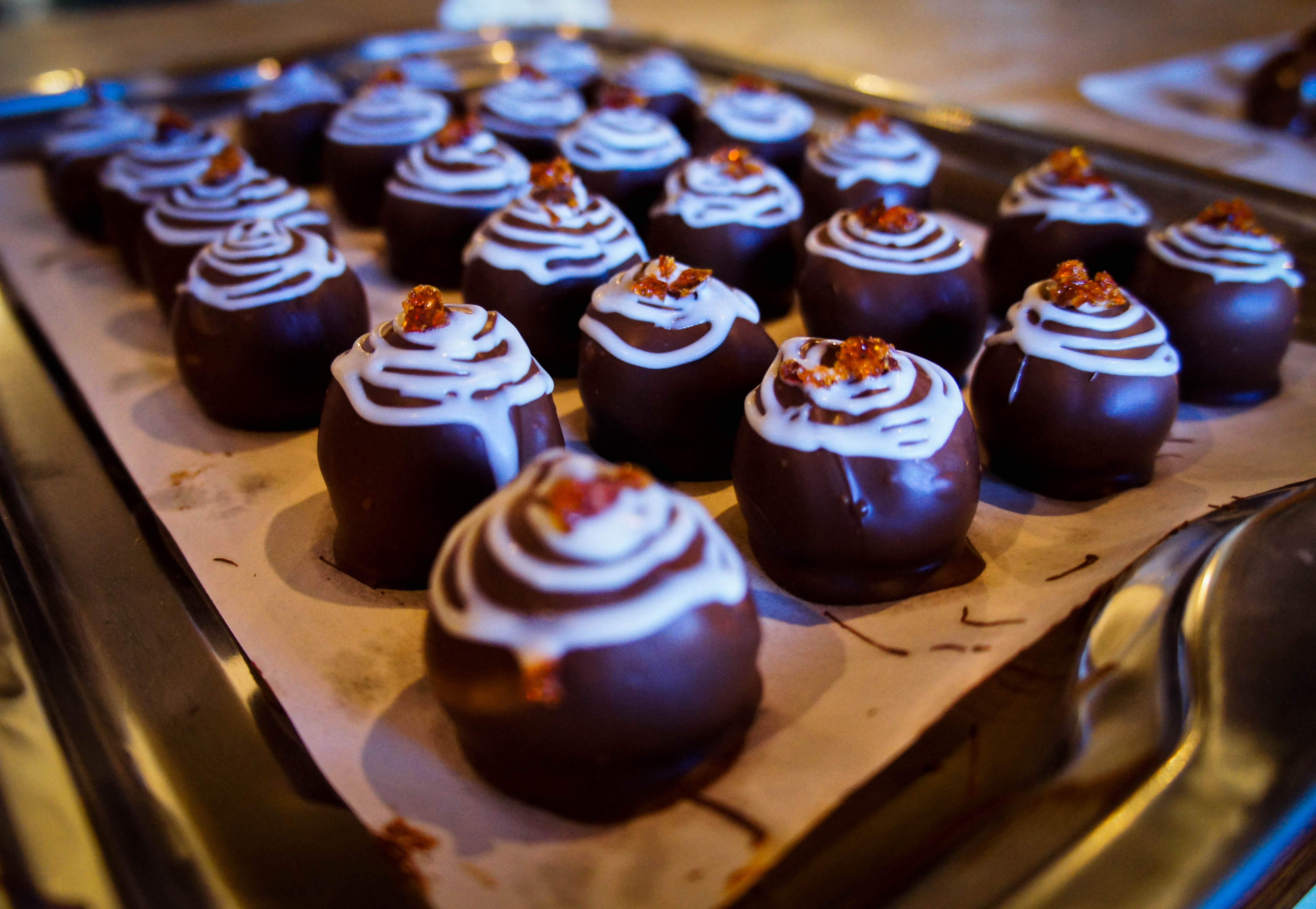According to this article in TIME, Peruvian plantations are “…working to identify Peru with chocolate, the way Colombia is identified with coffee”, to the extent that many of the coca plantations, for so long associated with the production of cocaine, have replaced their coca plants with cacao. With so much of Peru’s tropical landscape providing a fertile breeding ground for the production of chocolate, the country has seen a 400% increase on the exportation of cacao goods in the last decade.
It did not take me long to decide that I wanted to visit the ChocoMuseo in Cusco.
Located on the second floor of a large courtyard just off the Plaza Regocijo, the heavenly smell of chocolate wafts in the breeze as you walk up the stairs towards the museum. There is no denying that you are heading in the right direction, and as you enter the museum – which opens with a small shop displaying the chocolates – I can only imagine that’s how Charlie felt when he entered Willy Wonka’s Chocolate Factory.
It’s not just chocolates on display, there’s also a range of chocolate-related products on offer such as; Choco lipbalm, incense sticks and husks to make chocolate tea.
We signed up to take the 2 hour “From Bean to Bar” workshop.
At 70 soles ($26) per person these classes are not exactly cheap, but if you are a chocolate addict then it’s money well-spent.
The class began with a talk about the cacao plant and the various stages of the harvesting process.

Our guide was informative, friendly, and spoke good English.He showed us around the museum, it isn’t large but there is plenty of information regarding cacao production and he answered our questions enthusiastically.
After talking about the production process, we then progressed to the part of the workshop that I was most looking forward to. Making some chocolate!
There were three in our class, which is the minimum number of students allowed into the workshops, so we had an intimate workshop with plenty of room to get our hands chocolatey.
Firstly we roasted the beans and then removed the bean from the husk, we used the husk to make the chocolate tea that is served free to all visitors to the shop and museum:


Next, we used a mortar and pestle to grind the beans into a paste.

This paste was added to hot milk to make a frothy hot chocolate. We added a sprinkle of chili pepper, as this is a common variation of hot chocolate in Peru:

My favourite part was making the thick chocolate paste that most closely resembles the chocolate I like to eat!

The paste was then boiled with milk and sugar to make a liquid. I opted for a lot of milk as I prefer milk to dark chocolate:

The final stage of our class was to make our own chocolates. We were given moulds and a selection of flavourings and candies to add. I took a fancy to the Oreos and marshmallows with an addition of ginger or vanilla powder.




While we were taking our class a film crew from ATV came in to do a piece on the museum. The clip is in spanish but you can see us making our chocolate in the background. I seem to be spending most of my time taking the photographs that you can now see in this article!
At the end of the class you can take your chocolates home with you. As our class was pretty small we all got large bags full of our own homemade chocolates.
The ChocoMuseo offers tours out to a Cacao plantation, which can also be combined with a Machu Picchu tour. I would have loved to do one of these trips but we had already booked our Machu Picchu tour so couldn’t justify the expense this time around.
Do you love chocolate? What’s your favourite?




